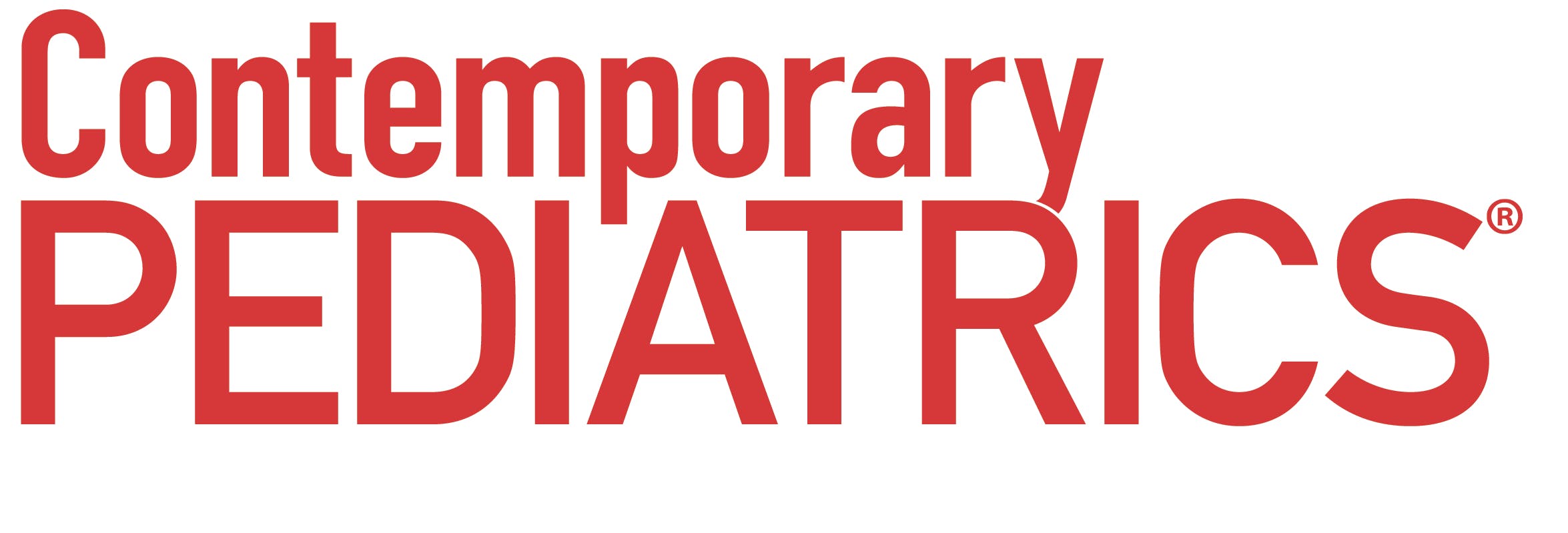Diagnosing the female and male who present with athlete triad symptoms
Knowing the symptoms of athlete triad symptoms can aid with diagnosis before the effects become irreversible.
The article, Recognizing the importance of energy availability in the young athlete, written by Drs Laule, Chung, and Ichesco, provides a wealth of information for pediatric health care providers (HCPs) to better understand the presentation of females and males with subtle or more obvious signs of the diagnosis of female or male athlete triad. The authors stress the importance of early recognition and corrective actions because outcomes of failure to diagnose the female or male who presents with symptoms of the athlete triad at the earliest stages are irreversible.
Exercise has positive effects on physical and mental well-being
The American Academy of Pediatrics recommends an annual physical examination for adolescents. Included on the periodicity schedule are interpretation of height and weight, body mass index (BMI), blood pressure readings, and known risky behaviors eg, behavioral health assessments including depression screening as well as use of tobacco, alcohol, or drugs.1 Physical activity and sports participation are not included in the table; thus, it is important to ask each child and adolescent about their exercise habits. Responses to history questions should be documented on the electronic health records. Pediatric HCPs often encourage their children and adolescents to plan exercise activities on a daily and weekly basis and participate in sports of their choice. Physical activity has positive effects on both physical and mental well-being.
Awareness of the male athlete triad diagnosis
Exercise and healthy sport participation habits should be a routine part of anticipatory guidance. We often provide anticipatory guidance about wearing and using protective equipment based on the particular sport for prevention of sports-related injuries. The critical question to ask yourself is, how often do I assess adolescents for signs of female or male athlete triad? The 2 cases presented by Drs. Laule, Chung, and Ichesco show that both the female and male had significant weight loss with significant changes in BMI. Both adolescents also presented with bone pain. The female presented with amenorrhea. HCPs may be very aware of the diagnosis of the female athlete triad, but not as aware of the male athlete triad.
Encourage healthy behaviors for all athletes
Healthy behaviors are critically important to stress to young athletes. Healthy eating behaviors, awareness of when the body needs to rest and not ‘play through the pain’ as well as feelings of accomplishments, whether the game outcome is a win or loss. Let’s guide our young athletes to physical and mental health victories while assessing for presenting signs and symptoms that raise the red flag for the athlete triad diagnosis.
Reference
1. American Academy of Pediatrics. Recommendations for preventive pediatric health care. Updated March 1, 2021. Accessed April 26, 2021. https://downloads.aap.org/AAP/PDF/periodicity_schedule.pdf
Having "the talk" with teen patients
June 17th 2022A visit with a pediatric clinician is an ideal time to ensure that a teenager knows the correct information, has the opportunity to make certain contraceptive choices, and instill the knowledge that the pediatric office is a safe place to come for help.
Meet the Board: Vivian P. Hernandez-Trujillo, MD, FAAP, FAAAAI, FACAAI
May 20th 2022Contemporary Pediatrics sat down with one of our newest editorial advisory board members: Vivian P. Hernandez-Trujillo, MD, FAAP, FAAAAI, FACAAI to discuss what led to her career in medicine and what she thinks the future holds for pediatrics.
Overview of biologic drugs in children and adolescents
March 10th 2025A presentation at the 46th National Association of Pediatric Nurse Practitioners (NAPNAP) conference explored the role of biologics in pediatric care, their applications in various conditions, and safety considerations for clinicians.

















